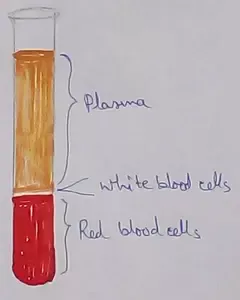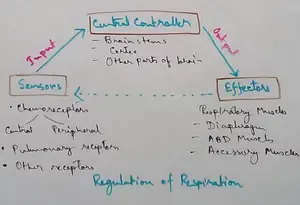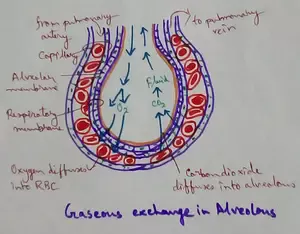Worksheet on Wild and Tame Animals
Worksheet on wild and tame animals contains the various types of questions on wild animals, pet animals and useful animals.
Read the concept to answers the questions on wild animals and tame animals.
1. Look at the following groups:
Group I Group II
Giraffe Goat
Crocodile Sheep
Monkey Horse
On what basis are these divided
into two groups?
(i) Group l—wild animals, Group II—useful animals
(ii) Group I—herbivores, Group II—useful animals
(iii) Group l—carnivores, Group II—herbivores
(iv) Group I—useful animals, Group II—wild animals
2. Put a tick (√) or o cross (X) against each sentence.
(i) Elephants are found both in Africa and India.
(ii) Polar bears eat fruits and leaves.
(iii) All animals are tame and friendly.
(iv) Cows, goats, buffaloes and hens give us milk.
(v) Horses, donkeys, camels and buffaloes are used to carry heavy things.
3. Match the words in column I with those in column II:
Column I Column II
1. Elephant (i) lives on fish
2. Buffalo (ii) an Indian monkey
3. Polar bear (iii) gives eggs and meat
4. Hen (iv) provides milk, draws carts
5. Langur (v) does not eat meat
4. Complete the following sentences:
(i) _________ and _________ are after kept as pets.
(ii) Two milk products that we eat are _________ and _________.
(iii) Two animals that are used to carry loads are _________ and _________.
Check the answers of the worksheet on wild and tame animals:
Answers:
1. (ii) Group I—herbivores, Group II—useful animals
2. (i) √
(ii) X
(iii) X
(iv) X
(v) √
3. Column I Column II
1. Elephant (v) does not eat meat
2. Buffalo (iv) provides milk, draws carts
3. Polar bear (i) lives on fish
4. Hen (iii) gives eggs and meat
5. Langur (ii) an Indian monkey
4. (i) Rabbit, parrot
(ii) cheese, butter
(iii) donkey, camel
From Worksheet on Wild and Tame Animals to HOME PAGE
Recent Articles
-
What Is Plasma? | Blood Plasma | Proteins | Nutrients | Cholesterol
Nov 07, 25 10:29 AM
Blood is a mobile fluid which is a connective tissue and is derived from the mesoderm like cell any other connective tissue. Colour of blood is reddish and that flows inside the blood vessels by means… -
Disorders of Respiratory System | Tuberculosis | Pleurisy | Emphysema
Oct 28, 25 11:39 PM
Tuberculosis is very common disease and is caused by a type of bacteria called Mycobacterium tuberculosis. This disease causes different trouble in the respiration and infection of several parts of th… -
Regulation of Respiration | Respiratory Centres | Inspiratory Area |
Oct 14, 25 12:13 AM
Respiratory Centre is the area that controls the rate of respiration and it is observed to be located in medulla oblongata and pons. Respiratory Centre has the following will dispersed components like… -
Explain Transport of Gases | External Respiration | Tissue Respiration
Oct 09, 25 11:35 PM
In humans gaseous exchange is completed in the following ways the steps are - External Respiration or Breathing - Breathing in false taking in of Oxygen and giving out of carbon dioxide in the body. M… -
Kind and Number of Teeth | Location of Teeth in Mouth | Care of Teeth
Sep 11, 25 12:52 AM
Kind and Number of Teeth





New! Comments
Have your say about what you just read! Leave me a comment in the box below.